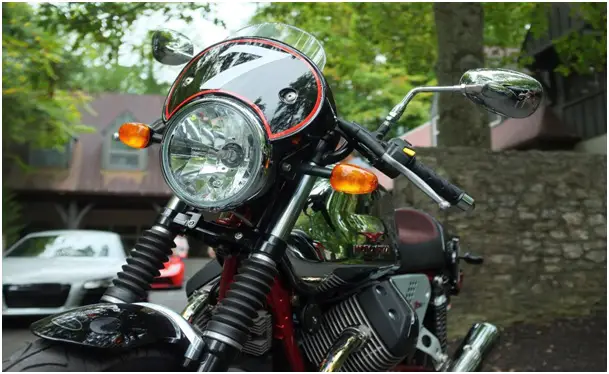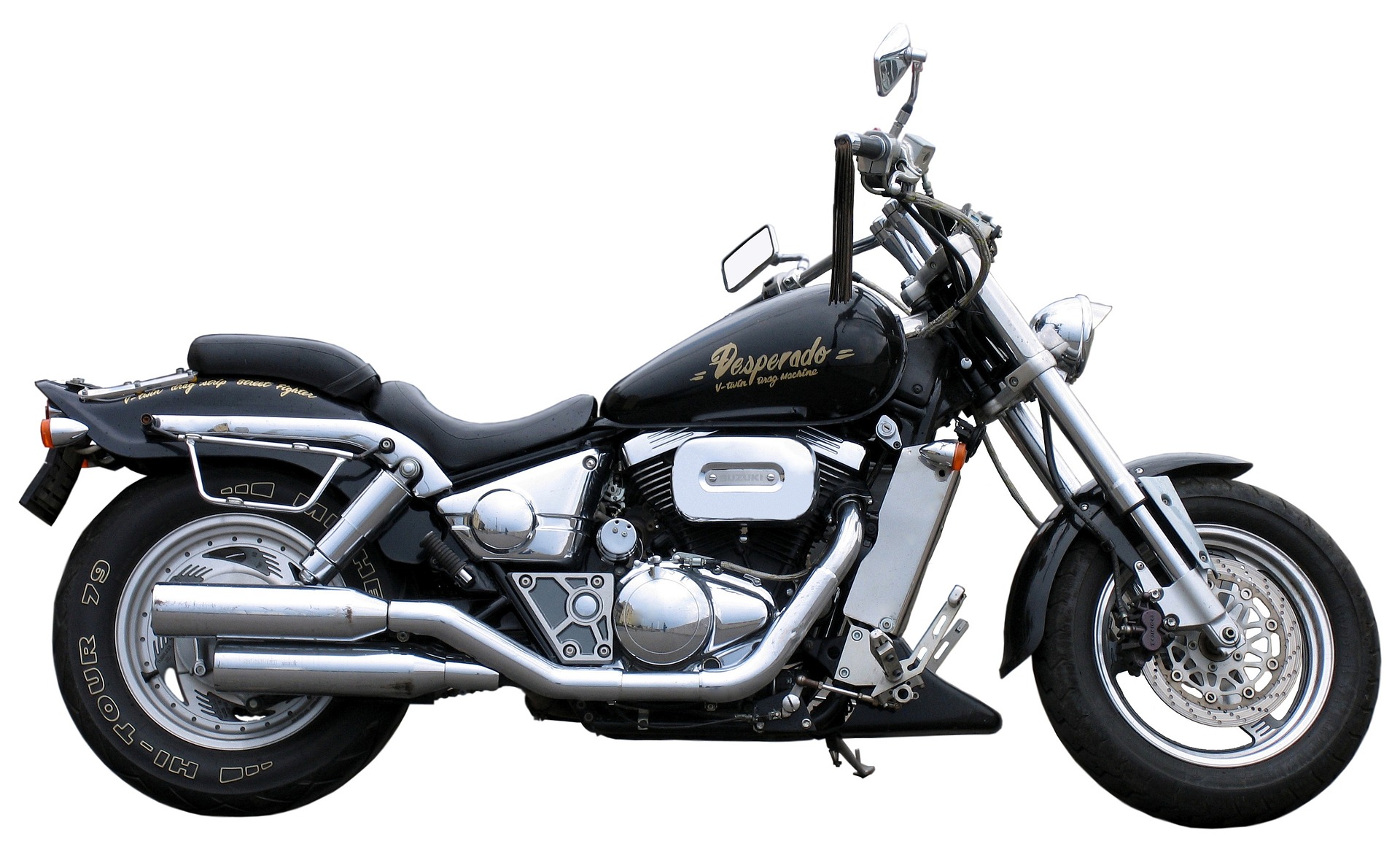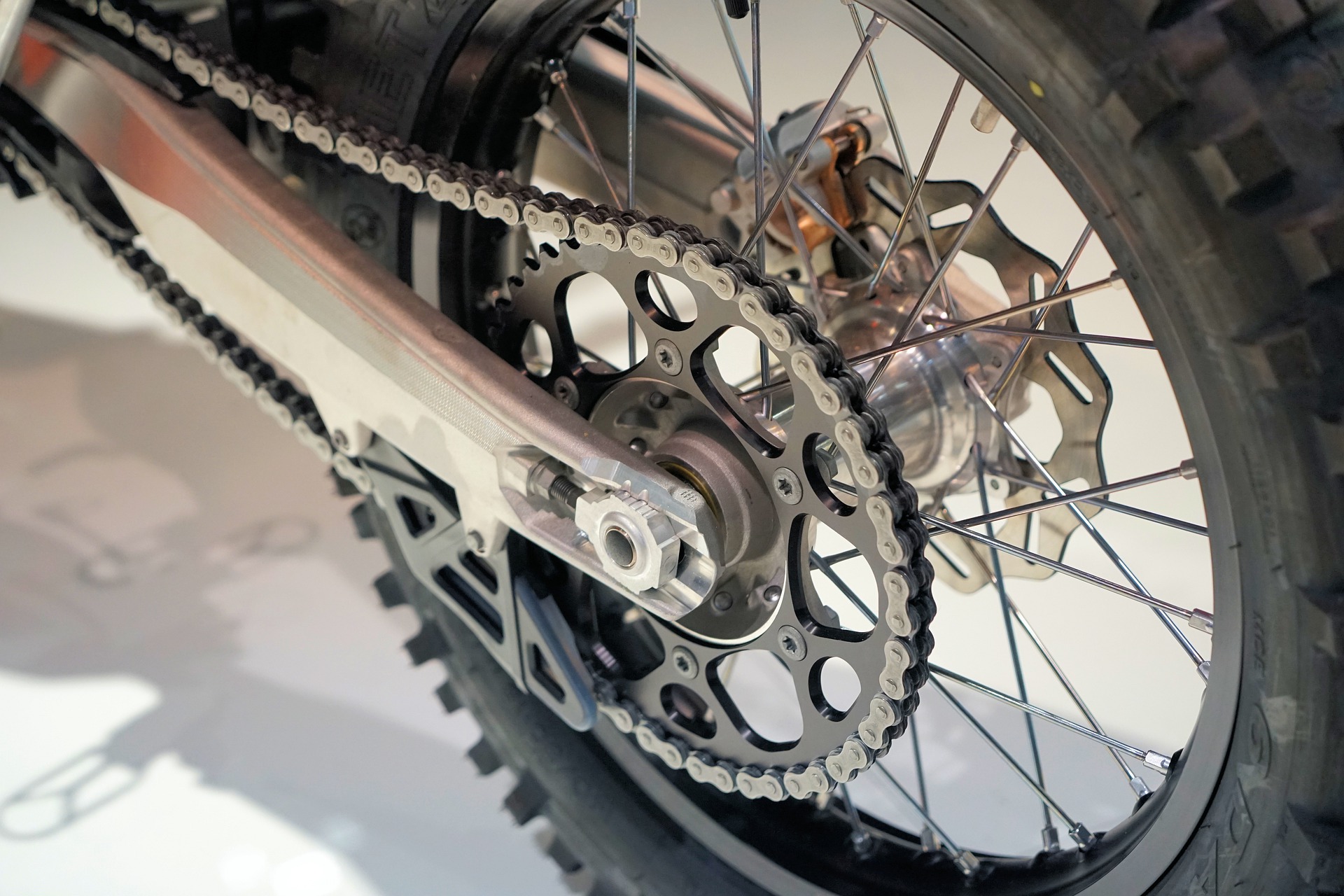How does your bike behave? Chances are it's not the best. A good percentage of people just accept the way their motorcycle is tuned. That's enough, isn't it? Maybe if you settle for what the factory gives you or if you fit into the mold of what the factory sees as the average biker. But there is a good chance that you do not fit the model of the "average" biker. Your suspension should also take into account the additional weight of your luggage and a passenger if two of you are riding. All of these variables make it quite difficult to rely on the factory setup for optimum handling and comfort.
Fortunately, adjusting a motorcycle's suspension can be done by anyone with a few simple tools and a friend or two.
A motorcycle fork that goes badly because of the poor quality of the fork
Before you start making any changes to the suspension, you must first make sure that all of your components are fully functional. Check the shocks and forks to make sure they are working as they should. The seals must not show any leaks.
Technically, your tires are not part of your motorcycle's suspension, but they do play a crucial role. Your motorcycle will not behave as it should if the tires are either under-inflated or over-inflated. In order to establish a solid basis for testing your suspension setup, you need to make sure that the tires are properly inflated.
The forks of your motorcycle can also be set so that the driver sags, but this is not always necessary. The formula is the same as the rear: fully extended length minus compressed length under normal driving load. Conventional forks should be measured from the bottom of the lower triple shaft to the top of the slide dust seal. On an inverted fork, measure from the dust seal to the top of the axle clamp. In both cases, the area to be measured is the exposed area of the fork slide.
A motorcycle fork that goes up badly due to its bad adjustment
Not all motorcycle forks can be adjusted the same. Many forks are equipped with preload adjusters located on top of the forks. Turning the adjuster inward increases the preload, while turning it out decreases it. Some forks do not have an adjuster and require the use of preload spacers. The spacers can be replaced with shorter or longer spacers to achieve the desired degree of sag on the forks. Longer struts result in more preload, while shorter struts result in less preload.
When it comes to measuring your suspension, you won't be able to fix everything on your own. Your friends can help you achieve those awkward angles at the top and bottom of your motorcycle, and they'll be able to take notes while you're sitting on your motorcycle to measure payload, etc. Because accurate measurements are the key to getting the ride you want, the help is invaluable.
A motorcycle fork that goes wrong due to improper suspension preload adjustment
If you have lowered the front significantly compared to the rear, you need to bring the chassis back to a neutral stance. The easiest way is to adjust the preload of the rear shock absorber. Preload is the amount of tension applied to the coil spring of the rear shock absorber when the motorcycle rests without driver. By changing the amount of spring compression in a static state, you can adjust the height of the rear of the bike.
Preload is factory set for an average rider. Heavier or lighter riders compress the spring more or less than average when seated on the bike. When you set the preload within the factory recommended range for your weight (Sag setting), it ensures good handling characteristics.
Adjusting the rear shock preload is usually done by loosening a clip bolt on the threaded collar at the top of the spring and turning the collar counterclockwise. Some bikes are equipped with a preload adjustment dial which can be turned by hand.
Conclusion
Here is a summary of the essentials to remember, the front suspension or fork being a very sensitive part of your motorcycle, we still advise you to seek professional assistance.




